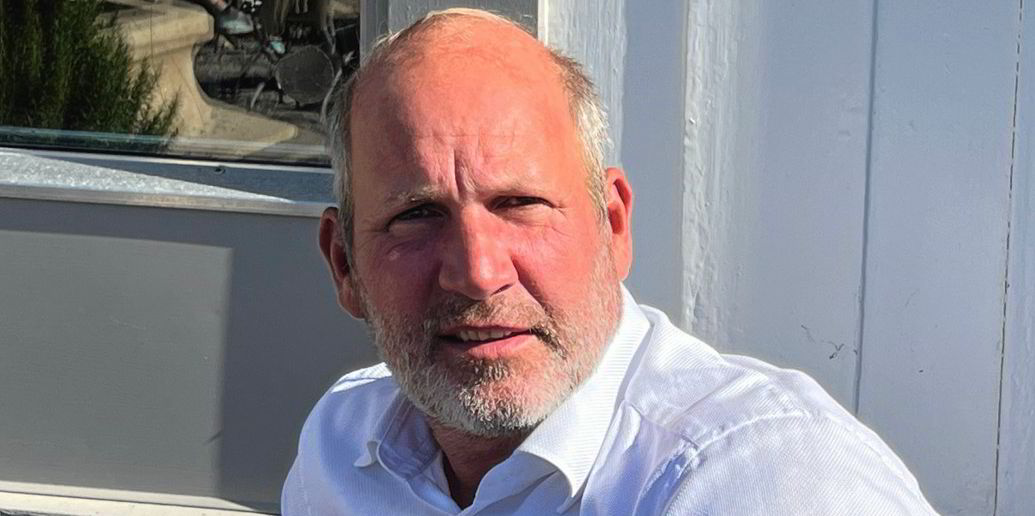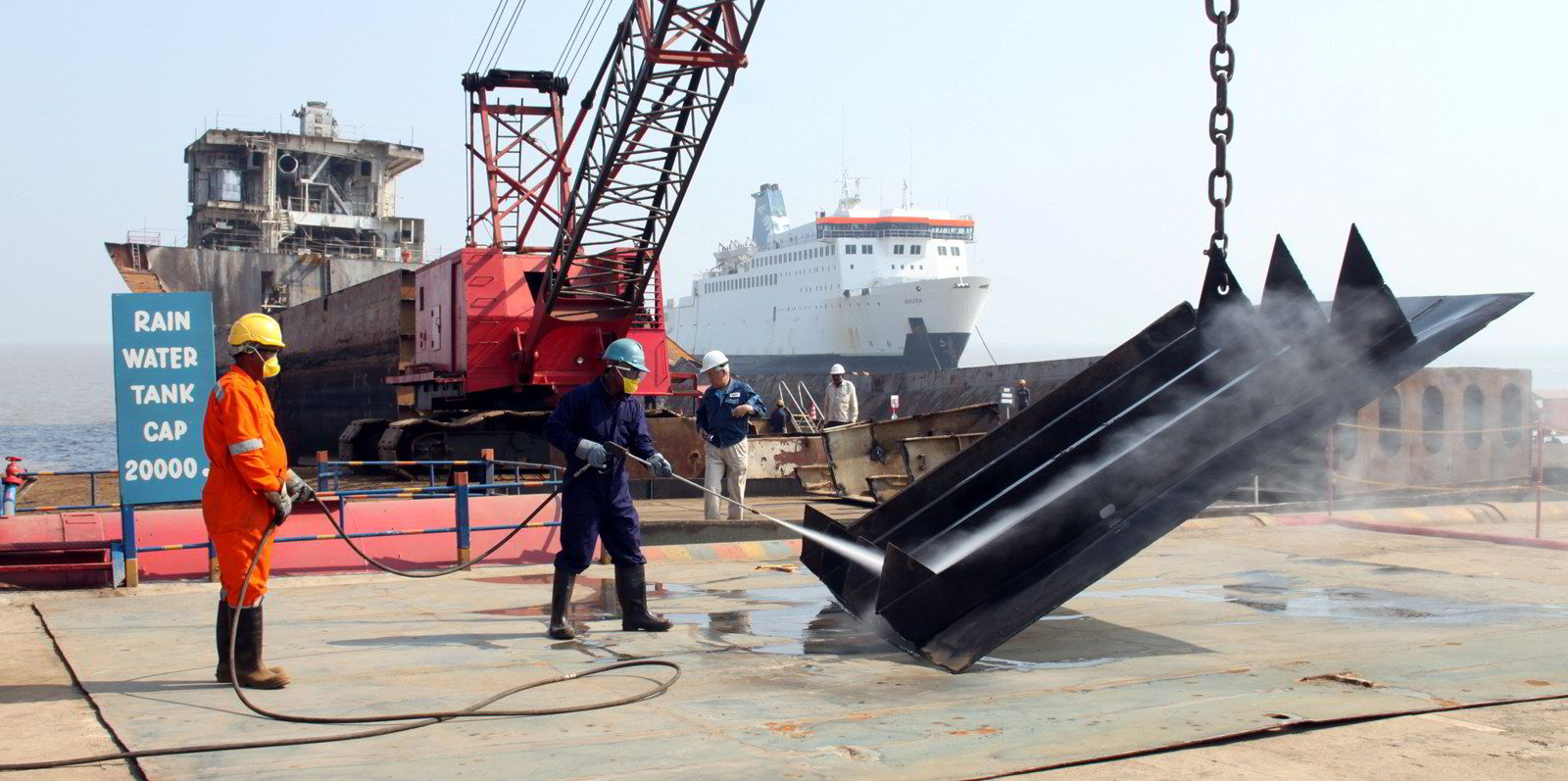The former head of Norwegian green recycling consultancy Grieg Green is in business to create a new market for old ships as an alternative to the scrap yard.
Petter Heier’s green cash buyer project Calmocean expects a wave of relatively young vessels made obsolete by stringent regulations and by financiers and charterers increasingly picky about environmental, social and corporate governance (ESG) matters.
“I want to purchase assets that are going for recycling, but that can be rebuilt or repurposed instead,” he told TradeWinds.
The candidates are already there, he believes: “I have been involved in recycling ships six or seven years old, and I have seen rigs and vessels going for recycling that are worth 10 times their scrap value.”
Heier proposes to find or create new uses for the assets and make money for himself and his customers on the spread between the scrap value and the reuse value, providing ESG value to the seller and offering equity participation to share in the profits.
“Our project is not to speculate on price and scrap ships after trading them at a more profitable moment, but to make it possible to use an asset longer,” he said.
Heier ended gardening leave this month, one year after an amicable split with Grieg Green, which he had led since its founding in 2010.
Grieg Green arranges, supervises and vets green ship recycling projects, to make sure yards adhere to environmental and safety standards. In his role there, his target clients were high-end, ESG-conscious owners.
His new company, Calmocean, will do the same kind of ESG vetting and supervision, expanding that from recycling yards to newbuilding and repair yards on the basis of Heier’s earlier experience at Dubai Drydocks. For this part of the business, he expects to rely in part on third-party collaboration.
In addition, he wants to develop the “circular economy” for ships to find alternative uses for them as they are retired — not trading them in competition with their sellers, not demolishing them, but rebuilding or repurposing them.
“A company like Hoegh Autoliners doesn’t want to sell a vessel to someone who’s going to put it back into the same market,” he said. “We will have to be able to guarantee to the sellers that the vessel they sell is going to disappear from their market.”
That means converting to another ship type or finding new uses for ship structures on the land.
Some kinds of repurposing are traditional. Semi-submersible heavylift ships are often converted from former tankers, some container ships see new lives as livestock carriers, and Heier has previously been involved in projects that converted old bulkers into floating dry docks.
But he also believes modern newbuilding methods have increased the scope for rebuilds and conversions. Modular construction technology makes it easier and less technically problematic to put together pieces of ships.
“The future is in building ships in modules that can be replaced, because the lifetime is so different in different parts of the ship,” he said.
In general, however, it is easier to find shipping containers repurposed for stationary uses than former ships serving a new purpose on land. One exception is the steel plating used to cover holes in road conversions and other construction projects. That steel normally comes right off a demolished ship, Heier said.
Architects he has consulted have proposed going much further — using still-sound structural elements from ships on a larger scale: as garages or foundations for bridges or office towers. In particular, he said, legs of jack-up rigs lend themselves to reuse as pieces of bridge foundations and would be cost-effective in that role, at a price still giving a credible margin over the scrap cost.
Another possibility is using decommissioned rigs in building offshore fish farms.
When he spoke to TradeWinds, Heier had just signed his first two investors, one Norwegian, one foreign, who put him halfway to a capital raise target of $2m for start-up expenses.
His first job is hiring six or seven commercial and technical employees, and he hopes to sign a contract for a first ship in the fourth quarter.




